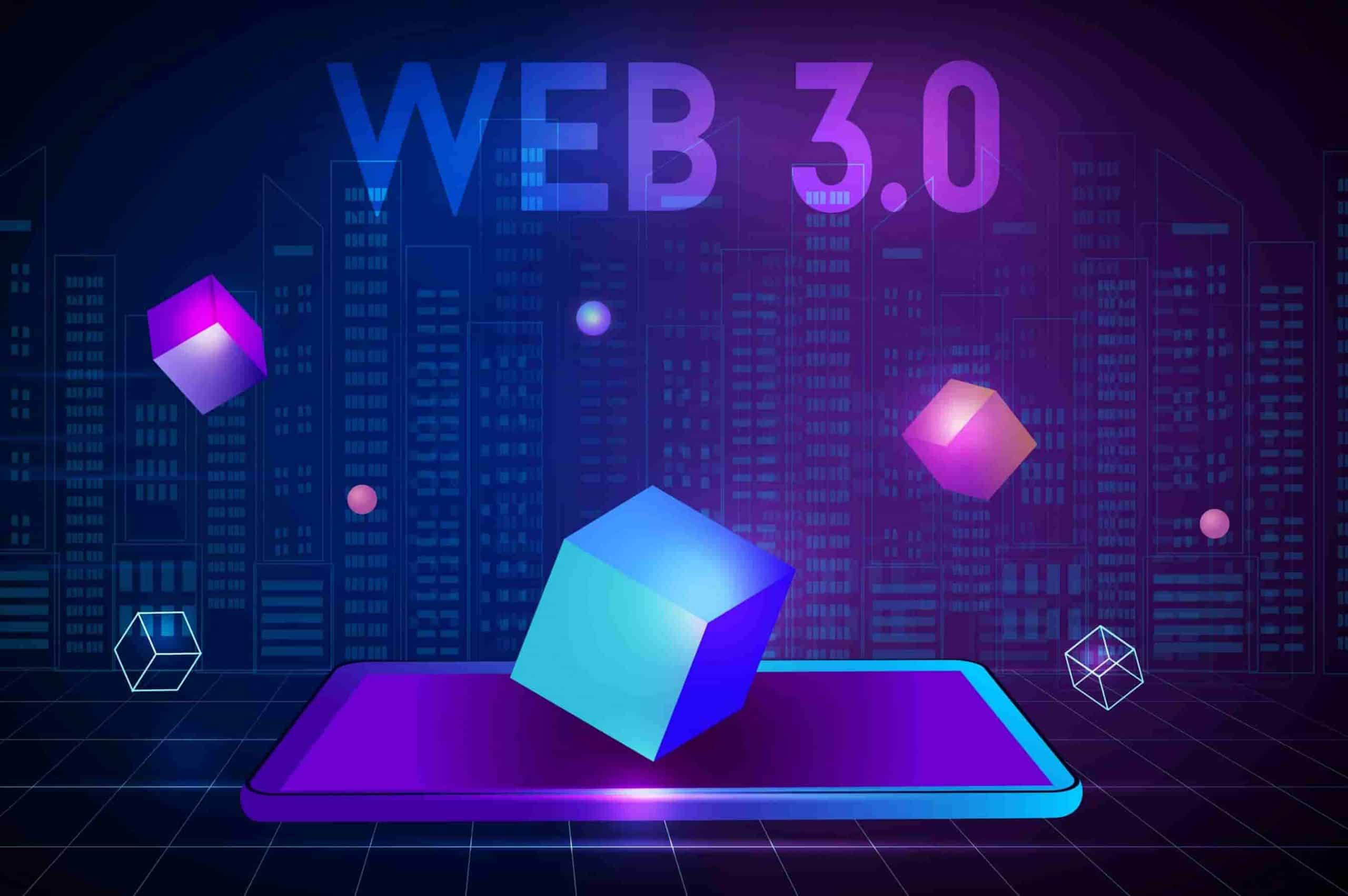
Web3 and the formal method: a technical approach to decentralized applications
2023-04-24 by
Hugues Marty
The internet is an ever-evolving space, and the latest buzzword is Web3. Web3 is the next iteration of the internet, which aims to make it more decentralized and secure. At the heart of Web3 is blockchain technology, which offers a distributed, tamper-proof ledger that eliminates the need for intermediaries. But creating a Web3 ecosystem is not an easy task. It requires a new approach to building applications, and the formal method is emerging as a powerful tool in this space.
The formal method explained
The formal method is a technique used in computer science to verify that a system works correctly. It involves using mathematical logic to model and reason about a system’s behavior. In essence, the formal method helps developers catch bugs before they occur by providing a rigorous approach to software design and testing.
In the context of Web3, the formal method can be used to design and verify smart contracts, which are self-executing contracts with the terms of the agreement between buyer and seller being directly written into lines of code. Smart contracts are a fundamental building block of blockchain-based applications, and verifying their correctness is critical to ensuring the security and reliability of the system.
Smart contract verification with formal methods
Smart contracts are coded in programming languages such as Solidity, which is the language used in the Ethereum blockchain. Formal verification tools can help identify vulnerabilities in smart contracts and prevent them from being exploited by malicious actors. These tools use formal methods to analyze the code and ensure that it adheres to the intended logic.
One example of a formal verification tool for smart contracts is the K framework. The K framework is an open-source project that uses formal methods to verify smart contracts. It provides a way to specify the behavior of a smart contract in a formal language, and then automatically generates tests to verify that the contract behaves as intended.
Another example is the Coq proof assistant. Coq is a formal language and a software tool for specifying and verifying mathematical proofs and programs. It can be used to prove the correctness of smart contracts and other blockchain-based applications.
Benefits of formal methods in Web3
Using formal methods in Web3 applications has several benefits:
- Improved Security: Formal verification tools can help identify and prevent vulnerabilities in smart contracts, which can be exploited by attackers.
- Increased Reliability: Formal methods can help ensure that the system behaves as intended and reduces the risk of errors caused by incorrect assumptions or misunderstandings.
- Better Scalability: By catching bugs early in the development process, formal methods can help reduce the time and cost of developing and maintaining Web3 applications.
Industry Leaders on formal methods in Web3
Industry leaders are taking notice and recognize the significance of formal methods in building secure and reliable Web3 applications. Dr. Bernhard Mueller, Head of Blockchain Security at ConsenSys, emphasizes that:
Formal methods are critical for building secure and reliable smart contracts in the Web3 ecosystem. With the increasing complexity of blockchain-based applications, the need for formal verification tools has become more important than ever.
Dr. Grigore Rosu, CEO of Runtime Verification, shares similar sentiments and states that:
Formal verification is the future of blockchain” and that “it is the only way to ensure that smart contracts behave as intended, and it provides a solid foundation for building secure and scalable Web3 applications.
Even Ethereum co-founder, Vitalik Buterin has highlighted the importance of formal verification in the development of smart contracts, stating that:
Formal verification can help you prove that certain properties hold for all possible inputs, which is a very strong security guarantee.
Other industry leaders in the crypto world have also recognized the importance of formal methods in Web3. Gavin Wood, the founder of Polkadot, has emphasized that:
Formal verification is not only critical to our current understanding of system safety, it is essential for us to be able to create more complex and interesting systems.
Case study: verifying the MakerDAO protocol with formal methods
MakerDAO is a decentralized finance (DeFi) platform built on the Ethereum blockchain. The protocol allows users to borrow and lend stablecoins, which are cryptocurrencies pegged to the value of a stable asset such as the US dollar. The platform uses a smart contract-based system to manage collateral, debt, and governance.
In 2020, MakerDAO engaged with the formal verification firm Runtime Verification to formally verify its smart contracts. The goal was to ensure that the protocol is secure, reliable, and operates as intended.
The verification process involved using the K framework to model and analyze the MakerDAO protocol. The K framework was used to specify the protocol’s rules and generate test cases to verify that the smart contracts behave as intended. The results of the verification process were published in a report, which concluded that the MakerDAO protocol is “functionally correct”.
The verification of the MakerDAO protocol is a significant milestone for the Web3 ecosystem. It demonstrates that formal verification tools can be used to ensure the security and reliability of complex blockchain-based applications.
Conclusion
Web3 is the future of the internet, and formal methods are a crucial tool for building secure and reliable Web3 applications. Formal verification tools can help identify vulnerabilities in smart contracts and ensure that they behave as intended. The use of formal methods in Web3 applications is gaining traction, and industry leaders recognize its importance.
The MakerDAO case study is an example of how formal methods can be used to verify the correctness of a complex blockchain-based application. It demonstrates that formal verification tools can be used to ensure the security and reliability of Web3 applications.
As the Web3 ecosystem continues to evolve, the use of formal methods will become more important than ever. By using formal verification tools to ensure the security and reliability of Web3 applications, we can build a more decentralized and secure internet for everyone.